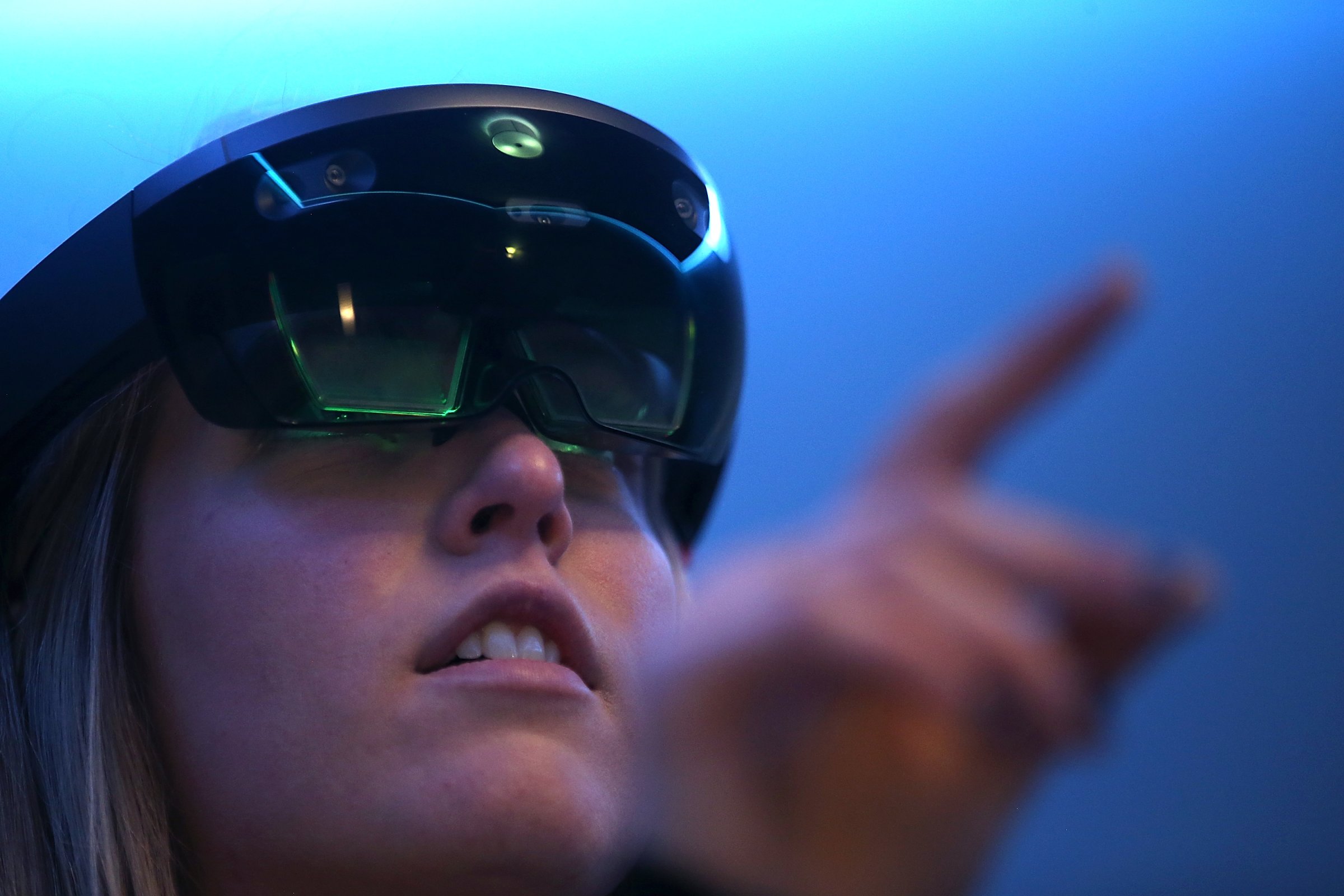
For the early part of my technology career, keyboards were the only user interface available. Even with early machines like the Apple II and the first IBM PCs, it was keyboards-only. But in 1984, Apple’s Macintosh introduced the graphical user interface and mouse to a wide audience, and a whole new way to interact with a computer was born.
Us old-timers took a while to get the hang of digital desktops and mice. But eventually, using them became second nature. Today, pretty much all of our computing devices use some form of graphical user interface with either a mouse, a stylus, or a user’s finger as an input device. (Voice-activated gadgets like the Amazon Echo aside.)
But after over three decades of mouse-and-keyboard computing, we’re on the precipice of the next major advancement in user interfaces: Virtual and augmented reality, or VR and AR. Taken together, VR and AR are on track to become the dominant method of computer interaction within the next 10-15 years, driving all kinds of new hardware and software innovations.
However, this change will not happen overnight. A recent Fortune article looked at the adoption cycle of just VR headsets:
“For all the hype around the new Sony SNE 1.35% PlayStation VR, Microsoft MSFT -0.12% HoloLens, or Nolan Bushnell’s new Modal VR gear, just 6% of Americans will own any of these devices this year.
According to Strategy Analytics research, roughly 11.4 million American adults will pony up for one of the aforementioned devices—or a Google Cardboard or HTC Vive among other gizmos—by year’s end.
This is a good start, serving as a way to introduce VR and AR to the masses in a comfortable way. Still, the reality is that most people will not want to use goggles or glasses to interact with a computing device — for proof, just look at the rise and fall of Google Glass or glasses-mandatory 3D TV. So it’ll take time for these technologies to go mainstream. Also, I believe that most people will have their first experiences with VR and AR on a mobile device, thanks to the affordable entry-level, smartphone-powered headsets proliferating in the marketplace, like Samsung’s Gear VR and Google’s Daydream View.
Every major technology firm is working on some form of VR, AR, or both. Facebook owns VR firm Oculus, Sony recently introduced the PlayStation VR, Microsoft has its HoloLens, and so on. But I believe it will be Apple that will bring AR, at least, to the masses. While the company has been largely hush-hush about its VR and AR plans, CEO Tim Cook has said multiple times now that he’s interest in AR, a sign that the technology might arrive in some form with the next iPhone, possibly as soon as this fall.
To be sure, Apple has been slow to bring a VR or AR product to market — but Apple is rarely first to market, instead preferring to let others experiment with new product categories before it introduces a more refined take. It would also be a nice historical note if Apple, the company that popularized the graphical user interface and mouse, brought the next major form of computer interaction mainstream. Additionally, if Apple got AR right, it could help provide the sales boost the company increasingly needs.
As it stands, there’s nothing necessarily wrong with using a keyboard and mouse to interact with a computer. But kicking that interaction up a notch could unlock completely unpredictable new ways of being productive with a computer. AR and VR-based computing represents the next evolution in user interface design, and will be changing our personal and work lives very soon.
Tim Bajarin is recognized as one of the leading industry consultants, analysts and futurists, covering the field of personal computers and consumer technology. Mr. Bajarin is the President of Creative Strategies, Inc and has been with the company since 1981 where he has served as a consultant providing analysis to most of the leading hardware and software vendors in the industry.
More Must-Reads from TIME
- Cybersecurity Experts Are Sounding the Alarm on DOGE
- Meet the 2025 Women of the Year
- The Harsh Truth About Disability Inclusion
- Why Do More Young Adults Have Cancer?
- Colman Domingo Leads With Radical Love
- How to Get Better at Doing Things Alone
- Michelle Zauner Stares Down the Darkness
Contact us at letters@time.com